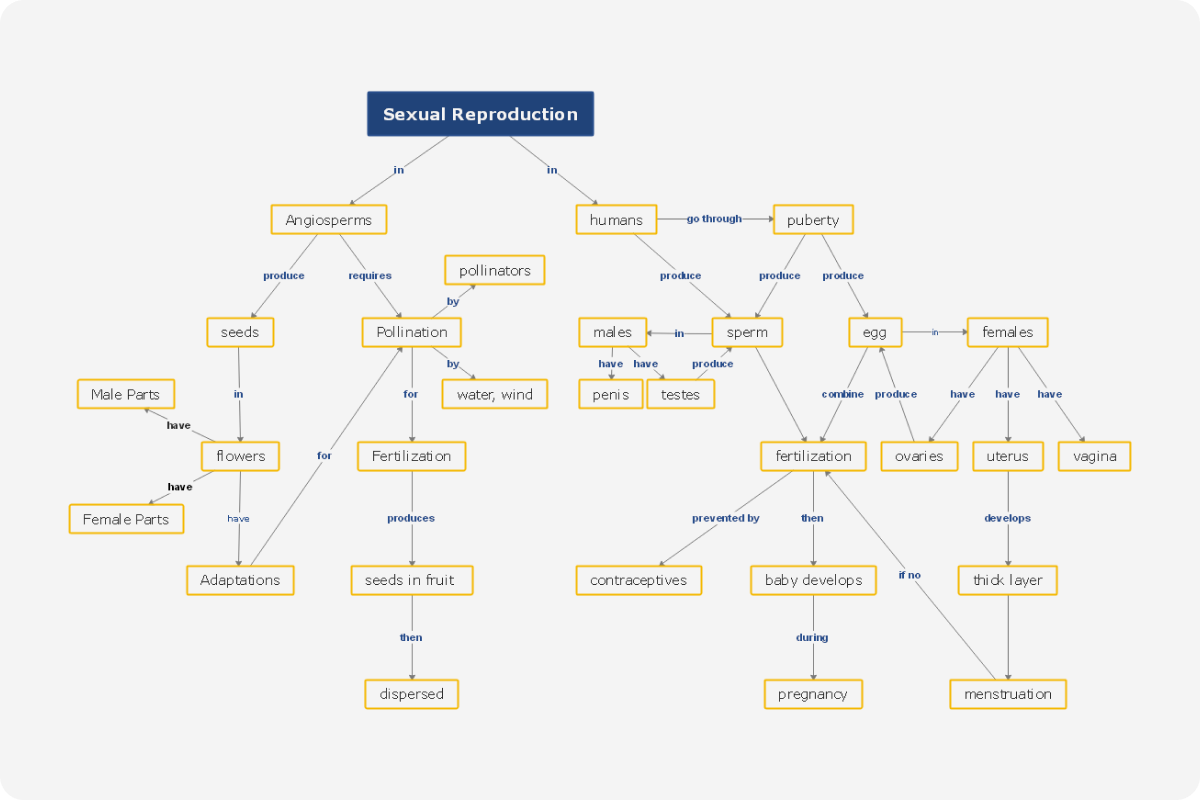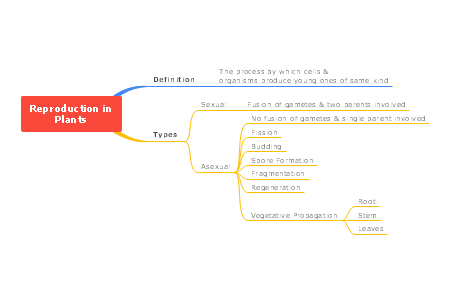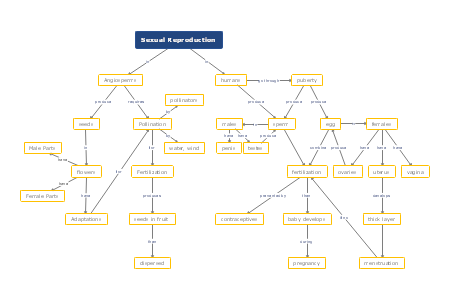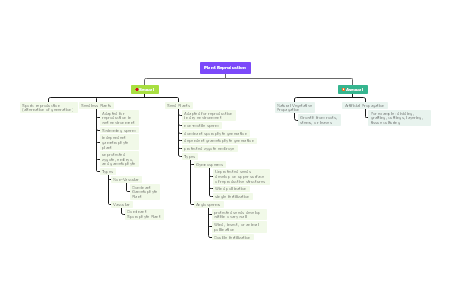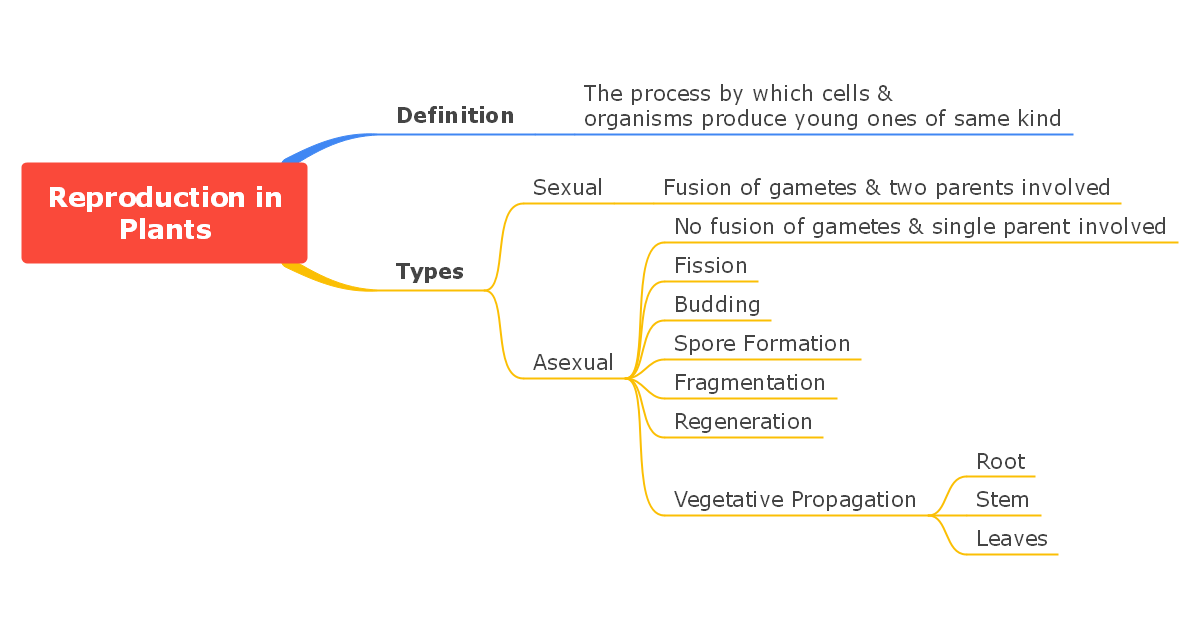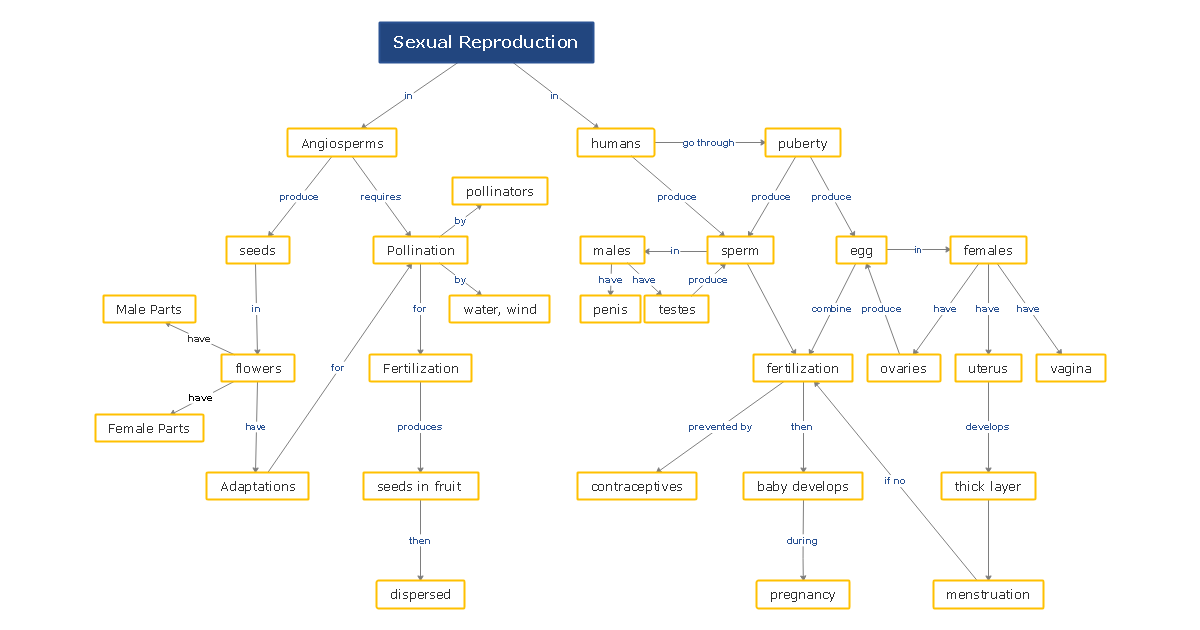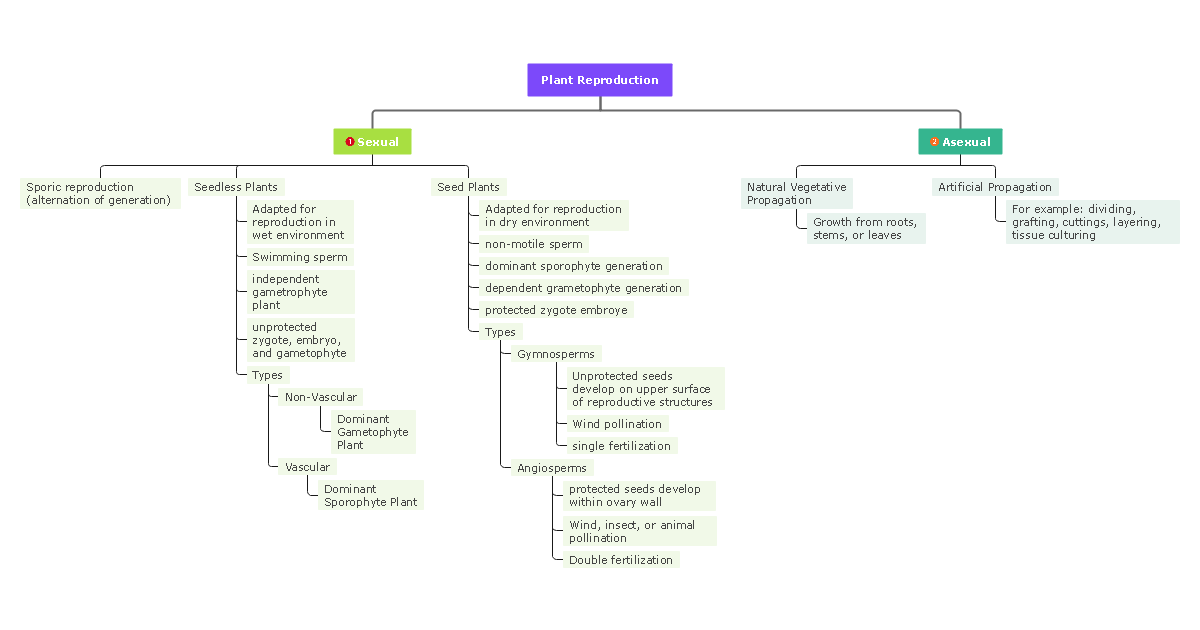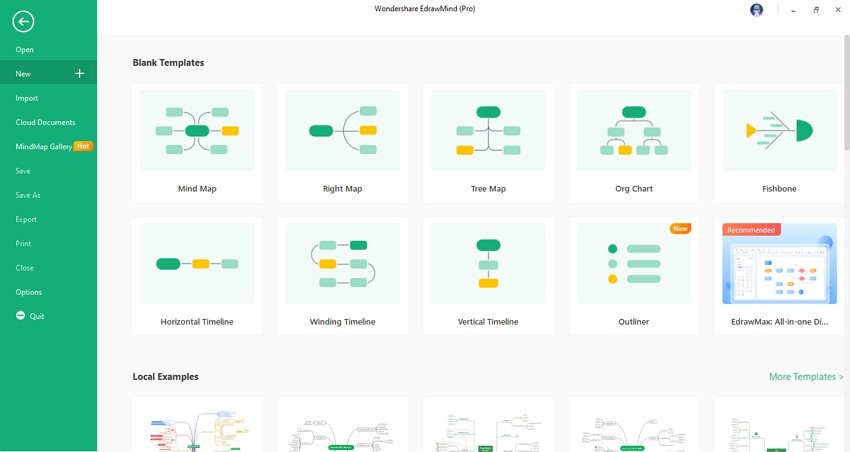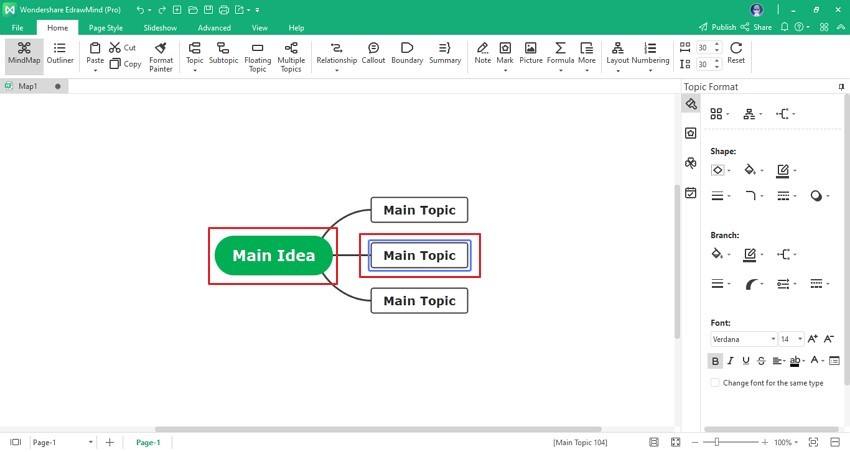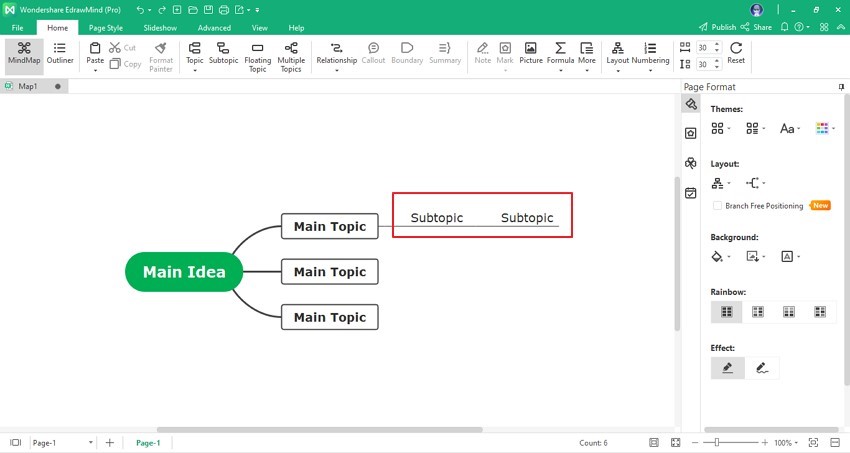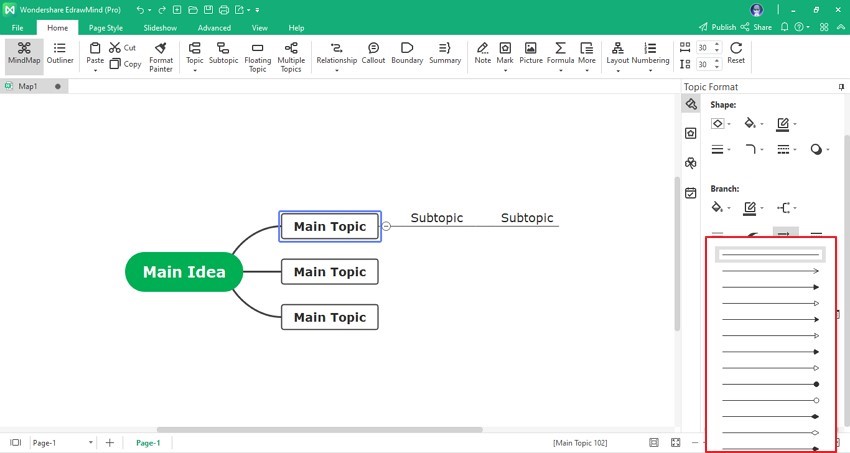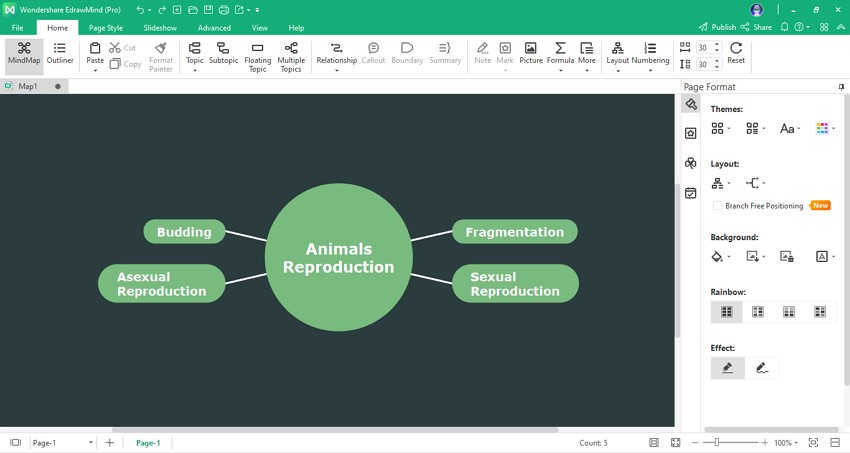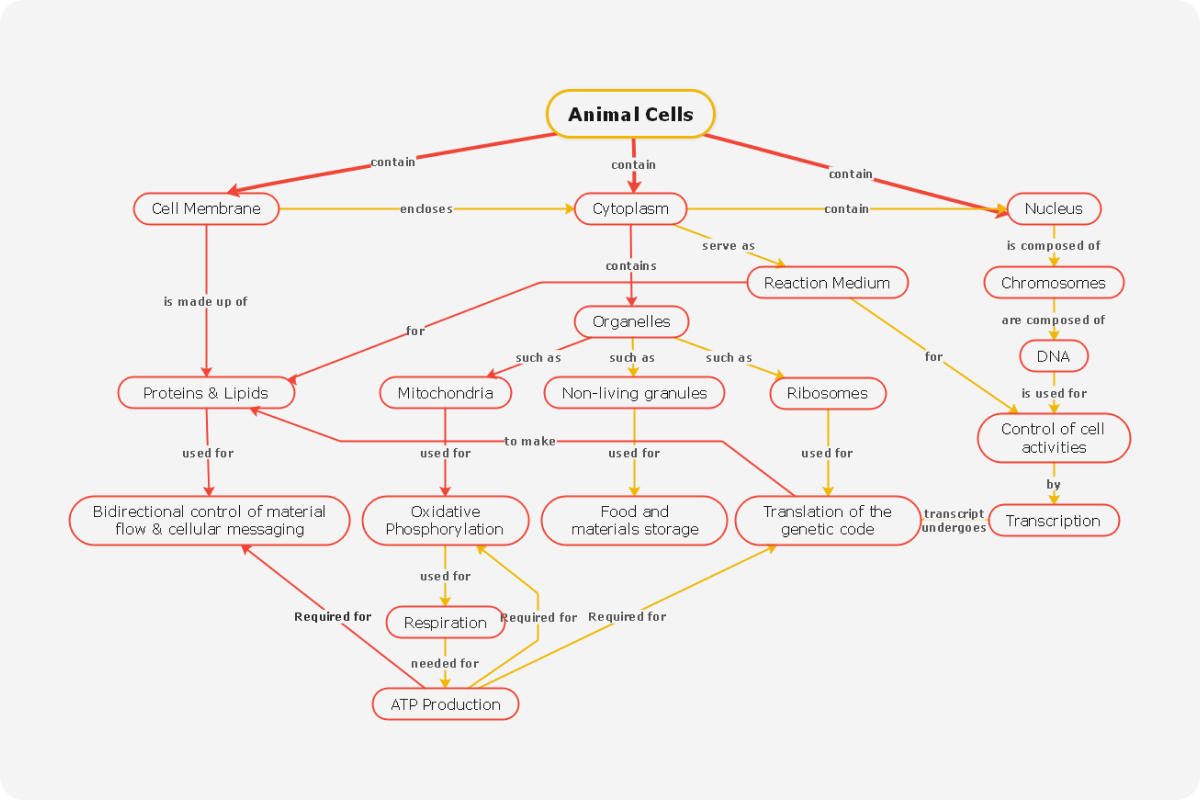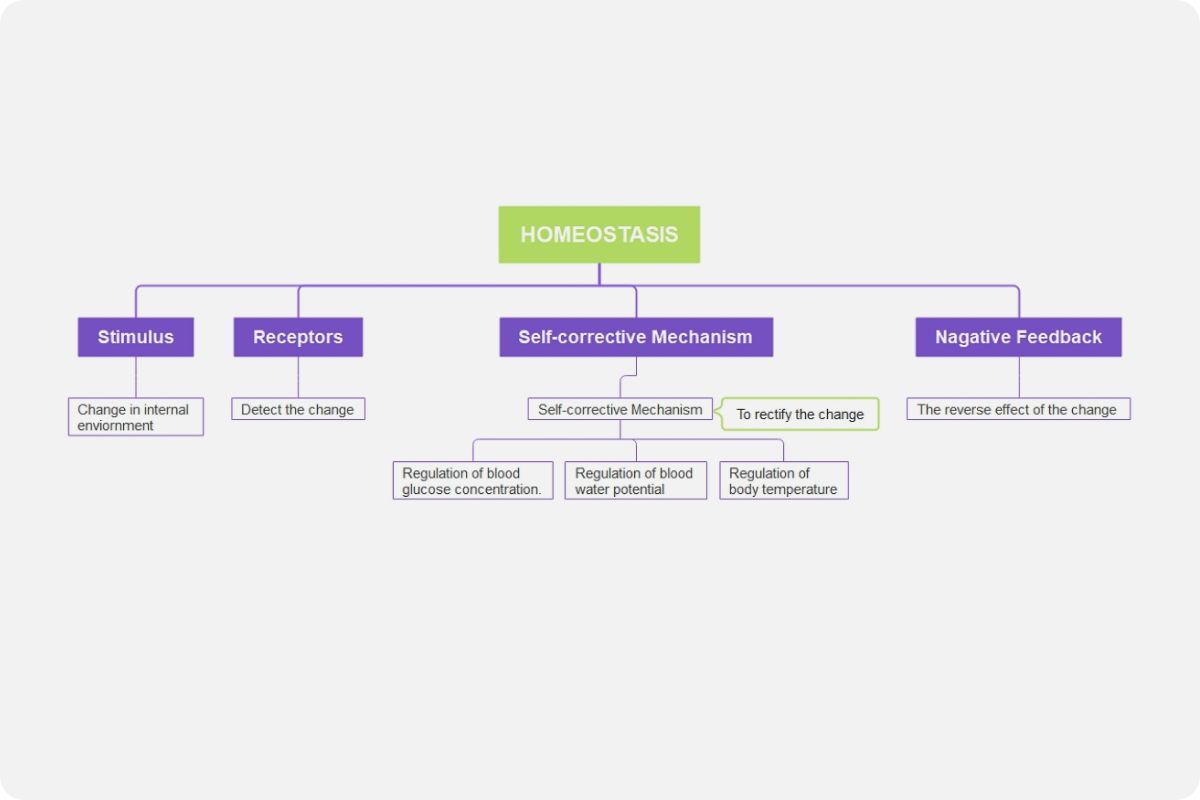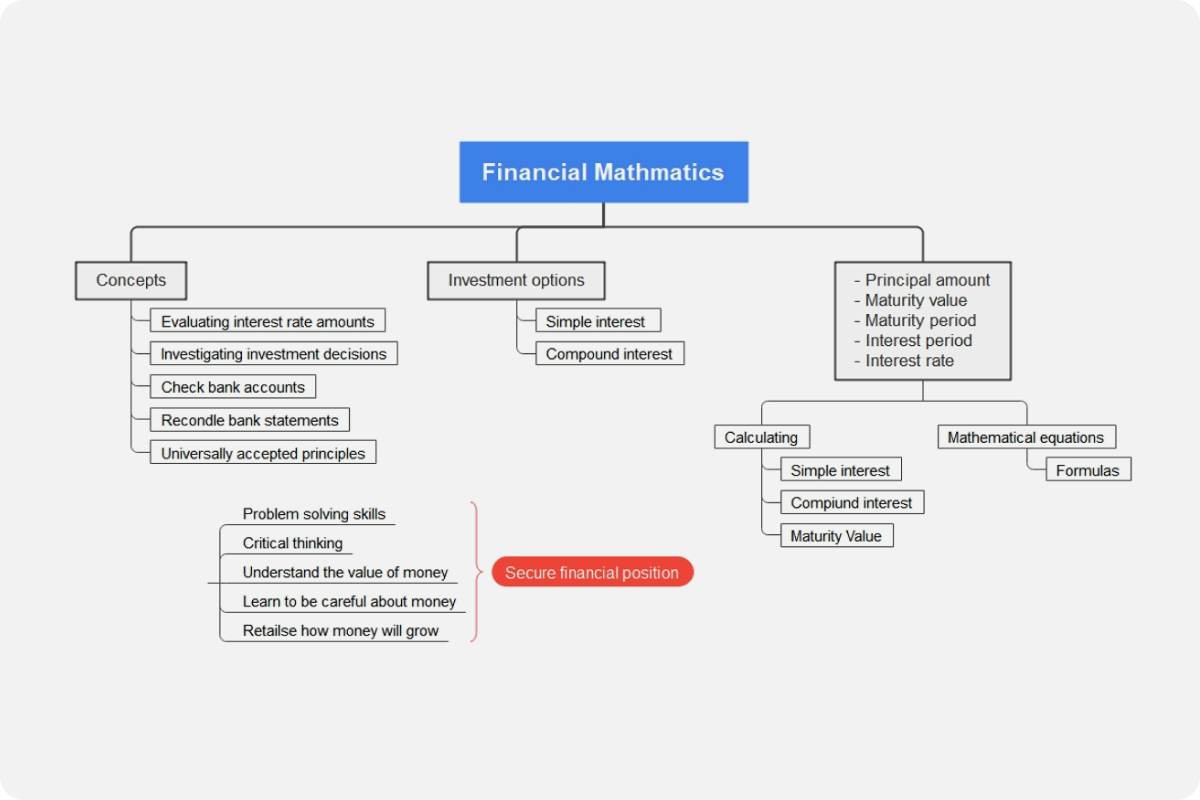What is Reproduction?
The process through which all living organisms procreate to produce biologically similar "offspring" is called reproduction. This phenomenon enables the cycle of life to operate and expand from one generation to another. The continuity of all living species through time is a result of their ability to reproduce. However, different organisms use different reproductive mechanisms, which can be categorized into two divisions, sexual and asexual reproduction.
Difference Between Sexual and Asexual Reproduction

Asexual Reproduction
Reproduction through mitosis, resulting in genetically identical offspring, is known as asexual reproduction. This form of reproduction does not require a sexual partner since the division of cells takes place through mitosis alone. Offspring produced in this manner are commonly referred to as "clones" as their genetic make-up is identical to their parent. Single-celled organisms such as bacteria and archaea primarily depend on asexual reproduction for procreation.
1. Typical Species
A wide variety of biological species, including plants, animals, and microorganisms utilize asexual means for reproduction. However, this characteristic is most commonly found in prokaryotic organisms. These include bacteria, archaea, and cyanobacteria. Some animals like sea stars, planarians, and annelid worms also reproduce asexually. Plants like mosses exclusively reproduce asexually, while others, including daffodils, can employ both forms of reproduction.
2. Asexual Reproduction Methods
A number of methods have been developed, evolved, and utilized by different species over time for asexual reproduction. The following is a detailed overview of these methods:
- Budding
Budding is a type of asexual reproduction where the offspring develops on the parent body. At this stage, the offspring is referred to as a "Bud." It obtains nutrients from the parent body to grow, develop, and mature. Once the bud is fully developed, it detaches itself from the parent body as a new individual. - Fragmentation
In this process, an individual organism detaches into different pieces for reproduction. The parent body separates into distinct "Pieces" or "Fragments;” each of these pieces then produces offspring. If the detached fragment is large enough, it may develop into an individual itself. Organisms such as planaria and spirogyra mostly exhibit fragmentation. - Binary Fission
In binary fission, each cell divides into two identical daughter cells. Each of those has the ability to further divide into two identical cells and so on. It is commonly employed by prokaryotic microorganisms. The nature of this division may differ from one species to another.
Sexual Reproduction
Reproduction of genetically variable offspring resulting from the fusion of two haploid gametes is known as sexual reproduction. Sexually produced offspring contains genetic material from both parents, therefore carrying a unique set of genes.
1. Typical Species
Sexual reproduction is a common characteristic of eukaryotic organisms such as animals, plants, and fungi. Insects, mammals, and fish majorly utilize sexual means for reproduction. Plants, on the other hand, have the ability to reproduce both sexually and asexually. However, most angiosperms, including sunflowers, lilies, and hibiscus, tend to reproduce sexually.
2. Stages of Sexual Reproduction
- Pre-fertilization
This stage takes place before fertilization. Two major phenomena occur during this stage; gamete formation and gamete transport. Formed in specialized structures, gametes are distinct male (sperm) and female (ovum) cells that are haploid in nature. Sperm has mobility which allows it to transfer to the ovum for fertilization. In plants, this transfer takes place through pollination, while in animals, it occurs through sexual intercourse. - Fertilization
The formation of a zygote resulting from the fusion of two gametes is known as fertilization. These gametes can fuse both inside and outside the body. These fusions are called Internal Fertilization and External Fertilization. - Post Fertilization
At this stage, the zygote multiplies itself mitotically in a process called embryogenesis to produce a group of cells called an embryo. This multiplication forms specialized cells. The duration of embryogenesis varies in different species.
Different species are classified into oviparous and viviparous depending on whether the development of the zygote occurred externally or internally. In angiosperms, the zygote develops inside the ovary, while in human beings, it develops in the uterus, where it grows to form a fetus.
